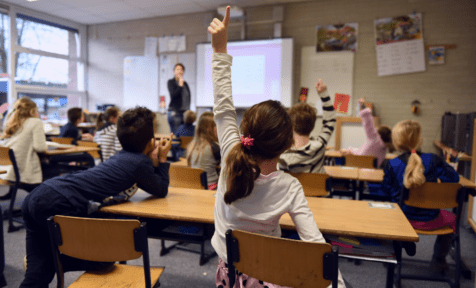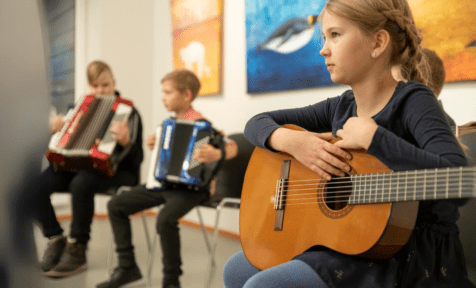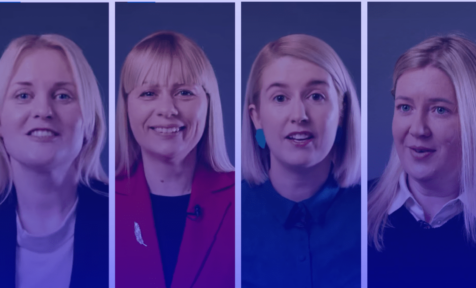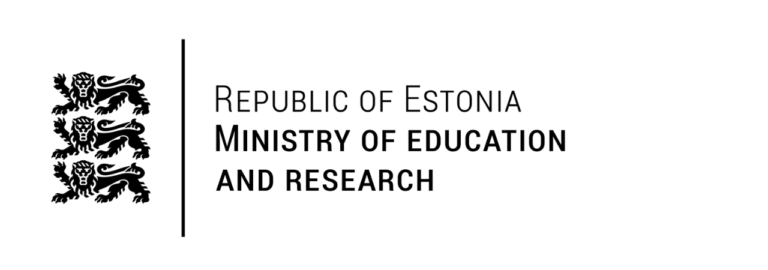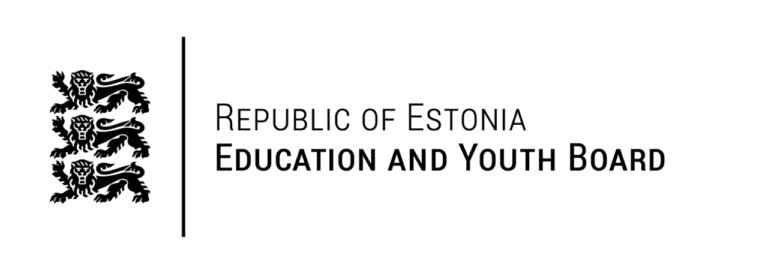For a long time, it has been a common understanding in many countries that governments are solely responsible for the provision of education. However, Estonia proves that cooperation between the state and the private sector helps to study in a smarter way.
From EdTech start-ups to entrepreneurs, the Estonian education system shows that private-public partnership can help tackle challenges, solve crises and create new solutions.
Joining the forces during the crisis
They say that in the midst of chaos, there is also opportunity. This has proven to be true for Estonia, where during the Covid-19 pandemic, it became clear that strong coordination between the public and private sector is essential to solving crises. On the one hand, many years of setting up IT-infrastructure and building digital competence came in useful for Estonia, so schools could switch to online learning quickly. However, significant help was also provided by private sector education technology companies, which offered schools their products and services for free.
See also:
A Headteacher Interning at a Start-Up – Only in Estonia!
One of the companies was Clanbeat – an EdTech startup that has set itself to support students’ self-directed learning, smart problem-solving, and emotional well-being. During the crisis, Clanbeat built a virtual teachers’ room – functioning just like a usual staff room, it empowers teachers and helps them solve problems faster. The company has also built a classroom that also serves as a virtual space for the class. “Students can communicate on a safe platform and grow as self-directed learners with features to support them with their daily tasks,” introduces Kadri Tuisk, the CEO of Clanbeat. As the crisis continues, Clanbeat’s solutions have become widely recognized among teachers, proving that the company’s virtual tools help to manage the study process for both students and teachers.
Open development = open to innovation
Cooperation between the public and private sector does not happen overnight. One of the main strengths of Estonian education is being open to innovation. This means that educational e-services and study processes are developed openly, providing the private sector with an opportunity to contribute to the education system’s advancement. For instance, 95% of Estonian schools are using privately run e-diaries. The web-based school management tool eKool is a perfect example of how involving private enterprises from the early stages can help to streamline the everyday education processes.
eKool supports better learning for the pupil, parents are more aware of their children’s progress, and the authorities have a good overview of schools’ progress under their management. Grading and absence management, messaging, and study material sharing are accessible in one online environment, that is customisable for regional needs. The CEO of eKool, Tanel Keres, emphasises that developing a useful management platform requires open development in coordination with all parties. “Private sector is more focused on service viability, also promoting its services to other markets and areas. It is harder for the public sector to cope with all the rapid changes in the field,” he explains.
Tackling challenges together
It probably comes as no surprise that young women are less likely to continue their academic path or choose a career in IT than men. This issue is not only characteristic to Estonia – it rather forms a deep pattern that can be observed in most countries. The low proportion of females in the STEM fields is sometimes even considered as a wicked problem – being socially complex and difficult to define. One might even ask if there is even possible to solve it. Fortunately, an Estonian initiative, named the Unicorn Squad, has taken on the problem at a grassroots level.
The Unicorn Squad movement offers an opportunity for girls aged 7–13 to take part in different hands-on activities for girls to learn more about robotics and tech. The girls from various places across Estonia meet up once a week to focus on real-life phenomena. The movement was initiated by Taavi Kotka, a former CIO of Estonia, whose 10-years old daughter was kicked out of robotics class. He says that girls tend to be much more open and receptive to learning new skills in IT and robotics when there are no boys around. Today, the club has more than 1600 members in around 130 clubs around Estonia with more than 250 mentors – giving hope that inspiring education and training could be a game-changer.
As Estonia’s example shows, ideas and changes in education are not only the results of great effort from the government but often demands cooperation with innovative private-sector partners. Whether tackling wicked problems, dealing with crises or openly developing solutions to streamline everyday education, it can even be said that modern education management is all about combining the knowledge and capacity with entrepreneurs, start-ups and other interested parties. However, successful collaboration requires knowledge – which luckily, Estonia as a role model in digital education is happy to share.
